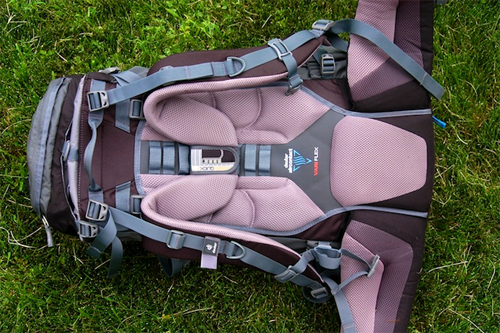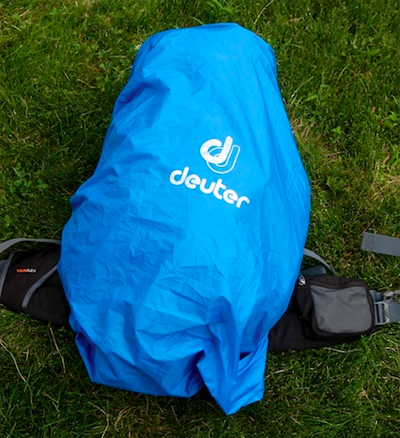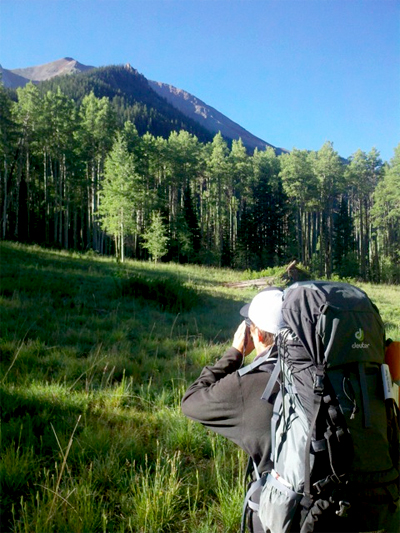By SEAN MCCOY
Uber-engineered in a German sort of way, the AirContact series of packs from Deuter Sport GmbH have all the features you need to haul gear on big trips into the wilds, and then some. A litany of straps, pockets, zippers, adjustments, and touches like an air-channel back panel and a pair of “pivoting hip fins” set this luxury pack apart.
For anyone in love with minimal design in backpacks, the AirContact series will seem quite overbuilt. But its bells and whistles are for the most part smart, and if you need to handle 40 or 50 pounds of load all the extras start to make sense.
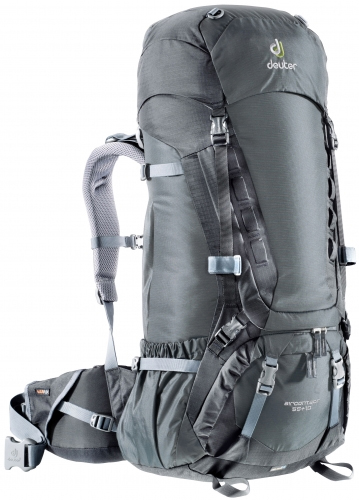
I tested the series’ AirContact 55+10 pack in Norway and Colorado on two big trips this past month. For the most part I am happy with the design. I am also happy with the price — at $239, the pack is a fair deal for its build quality and feature set.
When empty, the pack weighs nearly 6 pounds, which is not light. But copious comfort demands a materials cost, and with its foam padding, cush back panel, and multiple adjustment options there is simply a lot going on here.
In its multiple pockets the pack carries about 3,300 cubic inches (55 liters) worth of gear, which is enough for a week of backpacking if you pack right. It’s a nice size for mountaineering, too, especially if you tether a tent to the outside on the way up.
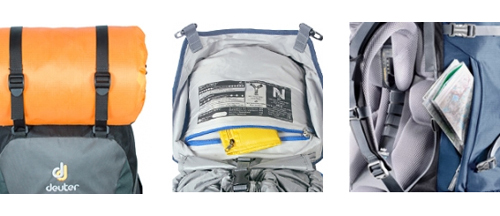
I took the pack on a recent two-day trip in Colorado. We hiked 18 miles in the mountains and I went not-light on purpose with gear, carrying about 45 pounds of food and equipment for the overnight adventure.
